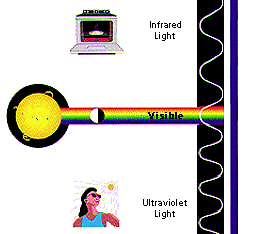 Infrared in astronomy is defined as the branch of astronomy and astrophysics that studies astronomical objects that are visible through infrared (IR) radiation.
Infrared in astronomy is defined as the branch of astronomy and astrophysics that studies astronomical objects that are visible through infrared (IR) radiation.
This branch of astronomy can be traced back to the 1830s, notably a few decades after William Herschel discovered IR in the 1800s. He first experimented with a thermometer by placing it in sunlight that produced different colors after passing it through a prism.
This branch of astronomy did not make significant breakthroughs until the start of the 20th century, when astronomical presence, apart from the Sun and the Moon, were seen via the IR light.
It is also worth mentioning that the discoveries made in 1950s and 1960s in relation to radio astronomy that astronomers came to realize that studies can still be made beyond what the naked eye can see, thereby establishing infrared astronomy.
IR and optical astronomy both make use of the same telescopic lenses. Both branches of astronomy also make use of solid state detectors, although they make use of different approaches.
IR light is absorbed at varying wavelengths through the water vapor inside the Earth’s atmosphere. You will notice that most IR telescopes are placed at very high elevations, particularly in dry places. One notable IR observatory in space is the Spitzer Space Telescope.
Infrared and Astronomy
